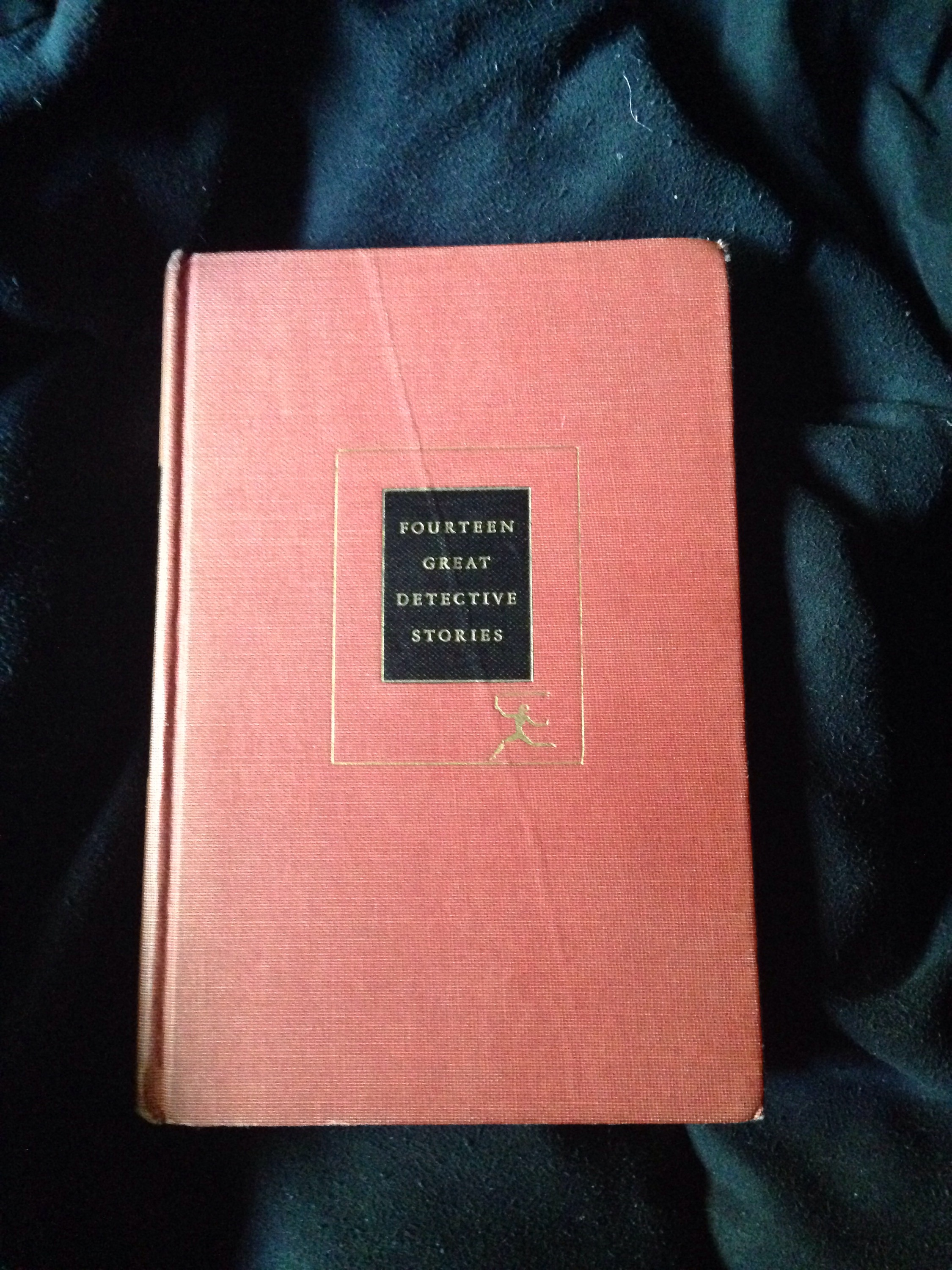This weekend I read All the Answers by Michael Kupperman. It’s a fascinating graphic novel about Michael grappling with his father’s previous fame and pain. His father, Joel Kupperman, was a child celebrity in the 1940s and ’50s and the fallout thereafter, into Micheal’s life was not only painful but confusing. It’s wonderfully drawn, capturing the feel of the 1940s and the feeling of memory, of reconstructing from scant information. Parts of it look half-remembered, or places where a newspaper clipping stands though there is no personal memory. As a historian reading this, I recognized these sensations in the art.
Micheal Kupperman‘s drawing is excellent (this has really never been a question). His own appearance throughout, of himself, is of a haunted man — at least to me. And that’s what this story is really about. The ghosts we live with, the ghosts that surround us, the ghosts of our own making. Ghosts that become ancient in our lives as generational pain passes on, reconfiguring itself into whatever form it needs to survive into the next generation.
Drawn in stark black-and-white, this story is quite gray. Gradations of memory, impression, and hunch. Kupperman has extracted the history as best he could, given his father’s refusal to talk about his experiences as a child star of the show Quiz Kids. And later, his father’s detachment from his past as he slipped into dementia.
The images Kupperman has drawn representing the promotional photographs of his father as a boy on Quiz Kids stand out in my mind. Laid into the context of his father’s experience and how it affected him and how that experience hurt him, and how his father passed down that pain generationally was fascinating and heartbreaking.
A really great conversation with Michael Kupperman and Noah Van Skiver is here for Kupperman’s reflections and observations by Van Skiver, who is someone in the know to ask good questions. I was cruising through Van Skiver’s channel (also recommended) and stumbled on Kupperman’s and immediately borrowed the book from my library.
Of course, the book was fresh in my mind when I went to see some monster trucks this weekend. Not that I expected them to connect, but a reader’s life is funny that way.
The Sonoma County Fairgrounds in Santa Rosa hosts monster truck events with some regularity. We had not yet been able to attend one, but with a free calendar for the Easter weekend, why not? Instead of the big stadium-style performance, it was a more subdued “drive-thru adventure.” We weren’t sure what that could mean, but the weather was nice and thought it may be a fun enough outing to give it a try. I’m glad we did. Our five-year-old loved it.
We drove through an out-and-back loop at the Sonoma County Fairgrounds. Classic rock and revved recordings of monster truck rallies of yore throbbed through huge speakers along the road, drowning out the short audio clips prepared by the organizers to play from their event website through my phone over my car stereo.
We were awed by the monster truck made from an old firetruck, ate churros, and sipped strawberry lemonade with all the windows down and the sunroof open.
Then when we saw these cute, small monster trucks. They had information about each of them printed on banners hung by each truck. It took a moment to realize what I was reading fully. According to the banners, the drivers are children. The idea of child performers came crashing back down on me. I don’t know that these kids who drive monster trucks are child celebrities. Admittedly, I don’t exactly have my finger on the pulse of the subculture of monster trucking. Maybe these kids know they’re super lucky to get to do that work, to have that experience. And maybe it’s niched down enough not to draw the attention that becomes such a burden on young performers. At least, that’s what I’ll assume.
But if there’s a Joel Kupperman of the mini monster trucks, I hope they get some hugs and space to be a kid. More than a kid who gets to destroy stuff with a custom-built monster truck. I wish young Joel could have had a turn in one. Maybe we all should.

Skull Krusher Mini monster truck 
Skull Krusher Mini 
Monster Buddy Mini monster truck 
Monster Buddy Mini 
High Risk Mini monster truck 
High Risk Mini 
Warhead Mini monster truck 
Warhead Mini
About the Author: Benjamin L. Clark writes and works as a museum curator.



 Historical Fiction for the Historian
Historical Fiction for the Historian
 er read Dr. Thorndyke and was not familiar at all with The Case of Oscar Brodski. Then, VOILA, springing forth from my own shelves, there it was. I think Freeman’s story holds up and was pretty good, even to this modern reader.
er read Dr. Thorndyke and was not familiar at all with The Case of Oscar Brodski. Then, VOILA, springing forth from my own shelves, there it was. I think Freeman’s story holds up and was pretty good, even to this modern reader.